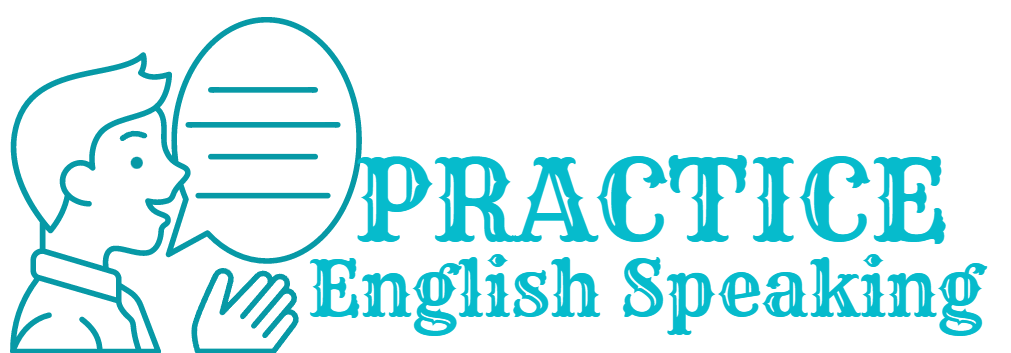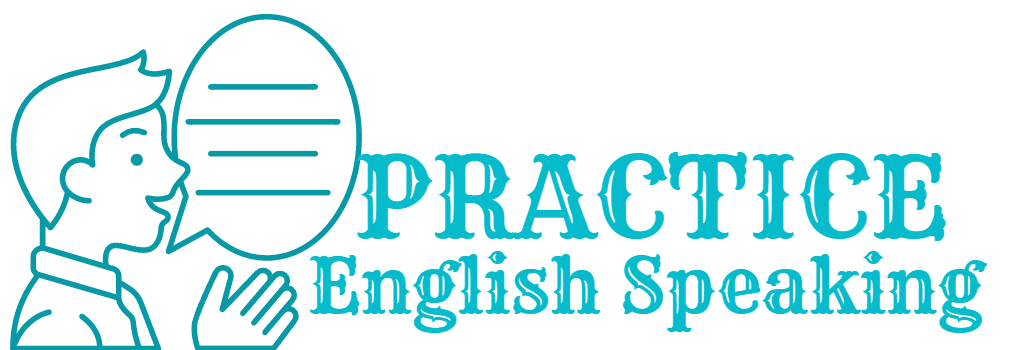B1(Intermediate) level Conversations: (27)Cultural Heritage Preservation

Rachael: Hi Peter! Have you ever thought about the importance of preserving cultural heritage?
Peter: Hey Rachael! Absolutely, it’s fascinating how it connects us to our roots. Any specific aspect you find intriguing?
Rachael: Well, I was reading about efforts to restore ancient monuments. The idea of bringing history back to life is captivating.
Peter: True, these monuments are a testament to our ancestors’ creativity and ingenuity. Do you think modern technology plays a role in this preservation?
Rachael: Definitely. I came across projects using 3D scanning and virtual reality to document and recreate historical sites. It’s a great way to ensure their conservation.
Peter: That sounds incredible. Embracing technology while honoring tradition is a delicate balance. How about local cultural practices? Do you see them fading away?
Rachael: It’s a concern. Globalization brings cultural exchange, but there’s a risk of losing unique traditions. Initiatives to promote and pass down local practices can help.
Peter: Absolutely. Cultural diversity is enriching, and safeguarding these traditions adds depth to our global tapestry. Have you encountered any community-led heritage preservation efforts?
Rachael: Yes, there are grassroots movements involving communities in preserving their heritage. It’s empowering to see people take ownership of their culture.
Peter: That’s heartening. When communities actively participate, it ensures a more sustainable approach. What about the role of education in cultural preservation?
Rachael: Education is crucial. Teaching the younger generation about their heritage instills a sense of pride and responsibility. Museums and schools play a vital role in this.
Peter: Absolutely. It starts with awareness and appreciation. Do you think cultural preservation has economic benefits as well?
Rachael: Definitely. Heritage sites attract tourists, contributing to the local economy. It’s a delicate balance between conservation and responsible tourism.
Peter: True, finding that balance is key. Have you come across any challenges in cultural preservation efforts?
Rachael: Funding can be a challenge, and sometimes there’s resistance to change. Balancing innovation with tradition requires careful navigation.
Peter: Agreed. It’s about finding innovative solutions without compromising authenticity. Any specific cultural heritage site you dream of visiting?
Rachael: Machu Picchu has always fascinated me. The blend of architecture and natural beauty is awe-inspiring. How about you?
Peter: The Pyramids of Giza. The sheer historical significance and architectural marvel are things I’d love to witness. Well, Rachael, it’s been a captivating conversation.
Rachael: Absolutely, Peter! Preserving our cultural heritage is a shared responsibility, and it’s great to exchange thoughts on it. If you ever visit Machu Picchu, count me in!
Peter: Deal, Rachael! Let’s continue appreciating and advocating for the preservation of our rich cultural tapestry.



Summary:
Rachael and Peter engage in a thoughtful conversation about cultural heritage preservation. They discuss the use of modern technology, such as 3D scanning and virtual reality, in restoring ancient monuments. The importance of balancing globalization with the risk of losing local traditions is highlighted. Both express admiration for community-led preservation efforts and the role of education in instilling pride and responsibility. Economic benefits, challenges like funding and resistance to change, and the desire to visit iconic heritage sites like Machu Picchu and the Pyramids of Giza are also explored. The conversation emphasizes the shared responsibility of preserving our global cultural tapestry.

